Vision correction procedures to help reduce your dependence on glasses and contact lenses are becoming increasingly popular. Most people are aware of LASIK eye surgery, but there are other surgeries that may work better for your eyes, especially if you are not a candidate for LASIK. One of those options is PRK, a photorefractive keratectomy. Both procedures use lasers to correct vision, but they have key differences.
PRK Eye Surgery
Photorefractive keratectomy laser eye surgery uses a laser to reshape the cornea, similar to LASIK procedures. But unlike LASIK, PRK does not create a flap in the cornea to treat the underlying layers. During PRK, a thin outer layer of the cornea is removed.
After removing the outermost layer of your cornea, the epithelium, an excimer laser is used to reshape the curve of your cornea. This changes the way light travels through to the back of your eye so that light focuses more precisely on it and vision is improved.
When To Choose PRK
PRK is used to treat:
- Myopia (nearsightedness)
- Hyperopia (farsightedness)
- Astigmatism
PRK may be a good alternative when a patient’s cornea is determined to be too thin to safely perform traditional LASIK surgery.
Pros & Cons of PRK
In addition to being an option for people with thin corneas, PRK is also suitable for patients with high eye prescriptions and patients who play contact sports.PRK can also be used to enhance a previous LASIK patient’s distance vision.
The main downside of PRK is that it has a longer recovery time than LASIK. It takes about a week for the cells on the outer layer of your cornea to grow back, so you cannot drive or work for about a week after your procedure. You’ll start to notice improvement in your vision within one to three weeks, although it may take three to six months for optimal vision.
What To Expect After PRK
During the first few days after PRK, it’s common for patients to experience light sensitivity, halos and glare around objects, starbursts around light sources, as well as itchiness and some discomfort.
It’s important to avoid rubbing the eyes or getting water in them to allow the epithelial cells to heal and prevent infection. You’ll be asked to wear eye shields during sleep to prevent accidental rubbing or scratching.
LASIK Eye Surgery
LASIK eye surgery, or laser-assisted in-situ keratomileusis, is one of the most well-known vision correction procedures. During LASIK, a small flap of corneal tissue is created using a femtosecond laser. The flap is lifted, and the underlying cornea is reshaped using an excimer laser.
When To Choose LASIK
LASIK can be used to treat:
- Myopia
- Hyperopia
- Astigmatism
This procedure is a good choice for patients who:
- Are 21 years or older
- Have good eye and overall health
- Have had at least one year of stable prescriptions
Pros & Cons of LASIK
The downside of LASIK is that not everyone is a candidate for the procedure. If you have thin or irregular corneas or are predisposed to chronic dry eye symptoms, you should choose a different laser vision correction procedure.
LASIK is also a more complex surgery, and it comes with the risk of corneal flap-related complications, although these are rare:
- Striae: Microscopic wrinkles that can be asymptomatic or affect vision
- Irregular astigmatism: When the corneas become irregularly shaped, which can affect vision and can be caused by striae
- Epithelial ingrowth: When epithelial cells grow underneath the flap, which may need to be removed to avoid developing irregular astigmatism, inflammation, or other issues
- Inflammation: Also called diffuse lamellar keratitis, inflammation after LASIK happens when white blood cells slip under the flap and can be treated with anti-inflammatory eye drops
- Dry eye syndrome: Dryness is caused by the temporary damage to nerve endings in the cornea during LASIK, which usually resolves after weeks or months and can be managed with lubricant eye drops.
What To Expect After LASIK 
Immediately after your LASIK procedure, your eyes may itch and feel gritty, and you’ll probably have blurred vision. There is usually very little discomfort, but you may be given pain medicine or eye drops to help keep you comfortable. Similar to PRK, you’ll likely be asked to wear eye shields at night until your eyes heal.
Your vision will be very good within a few days of surgery, but it may take two to three months to fully stabilize.
Since recovery for LASIK is fairly quick, you’ll be able to drive within 24-48 hours after your procedure, but you should wait longer to resume other activities like wearing makeup and working out.
What is the Best Laser Eye Surgery for Me?
The best way to determine the right procedure for you is to consult with a highly experienced eye specialist at Northeast Ohio Eye Surgeons. Our ophthalmologists will perform a comprehensive eye exam to identify any risk factors and select the procedure that can offer you the clearest vision.
If you’re concerned about the cost of LASIK, you should be aware that NEOES offers flexible payment plans that work with your budget.
If you’re considering LASIK, PRK, or another vision correction option, schedule your appointment at one of our convenient Ohio locations today.
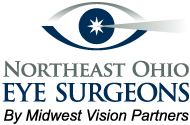

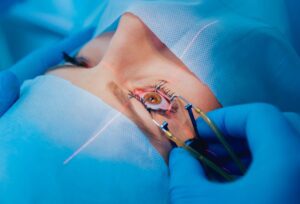



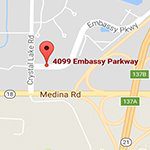
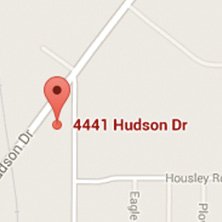
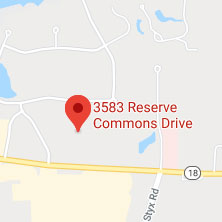

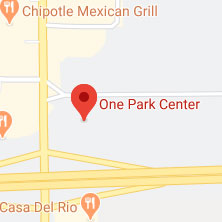
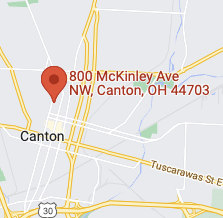
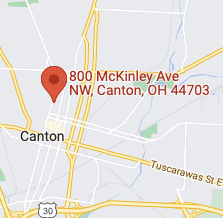
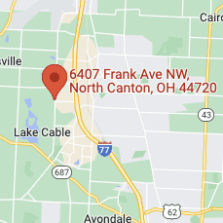


Recent Comments